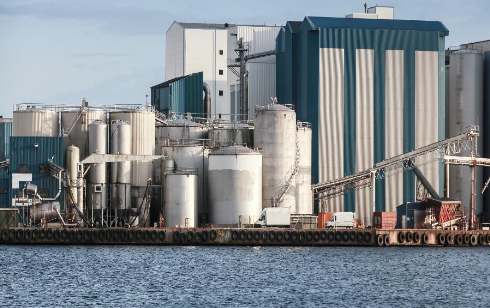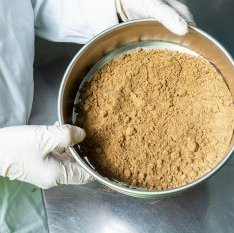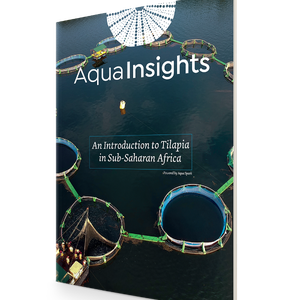A new study by EUMOFA, Fishmeal and fish oil: production and trade flows in the EU, provides an overview of the fishmeal and fish oil sectors within the EU and its sources detailed by species.
Fishmeal and fish oil are primarily defined as “non-food products”. Fishmeal is obtained by cooking, pressing, drying and grinding fresh raw fish such as anchovy, sprat, herring or shellfish, while fish oils are produced whenever fish with high-fat content is processed into meal.
In 2018, global fishmeal production reached 5.8 million tons, a 20% increase from 2017. In the same year, fish oil production was nearly 1.3 million tons, the highest recorded level over the past 20 years. The world’s largest producer of both products is Peru, contributing on average around 20% of both global fishmeal and fish oil production. In 2019, Norway and Denmark jointly produced 390,000 tons of fishmeal and 120,000 tons of fish oil. Each year the EU contributes around 10-15% of the global production of fishmeal and fish oil. However, the EU contributions do not fulfill its own demand, and any excess demand is met by imports.
Given that fishmeal and fish oil are natural products, the availability of these global commodities is susceptible to the cascading effects of unforeseen circumstances, and the year-to-year market dynamics and price of these products within the EU can be affected by factors from outside the EU. For example, periodic El Niño climatic events which affect the Peruvian anchoveta fisheries, the world’s largest single-species fishery in volume, would be likely to affect the market dynamics of fishmeal and fish oil in the EU.
The study consists of five sections that cover fishmeal and fish oil with regard to their use within a global context, market use (by sector), EU landings, EU production, and annual import/export trends (including trade balances, markets, and prices). The study also explores the number of landings destined for the non-food human consumption of fishmeal and fish oil products, the effects, and how landings vary depending on the level of quotas and catches. A short highlight on the trade flows of other non-food use products besides fishmeal and fish oil is also provided.
Read the study here.










